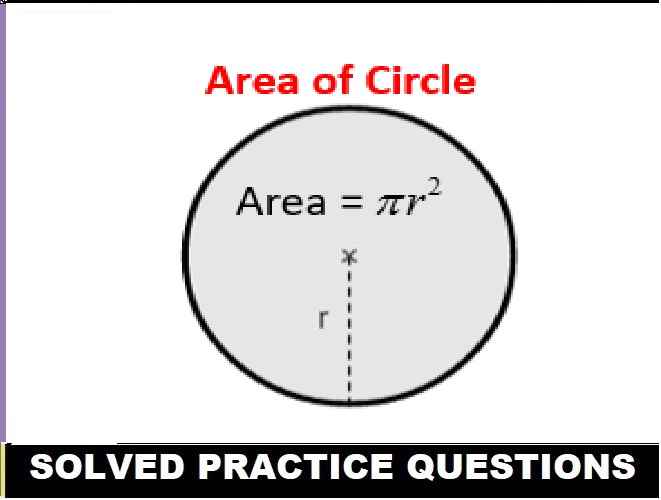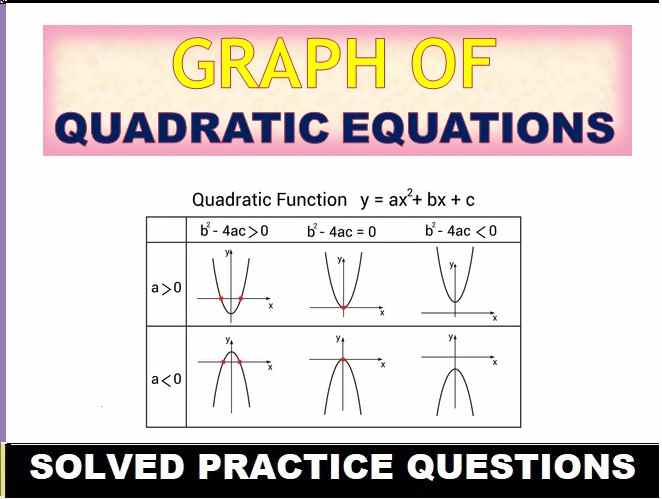RS Aggarwal Class-8 Graphical Representations of Statistical Data Goyal Brothers Prakashan Solutions Chapter-26. We provide step by step Solutions of Exercise / lesson-26 Graphical Representations of Statistical Data for ICSE Class-8 RS Aggarwal Mathematics.
Our Solutions contain all type Questions of Exe-26 (A), Exe-26 (B), Exe-26 (C), with Notes to develop skill and confidence. Visit official Website CISCE for detail information about ICSE Board Class-8 Mathematics.
RS Aggarwal Class-8 Graphical Representations of Statistical Data Goyal Brothers Prakashan Solutions Chapter-26
–: Select Topics :–
Notes on Graphical Representations
Notes on Graphical Representations
Graphical Representation is a way of analysing numerical data. It exhibits the relation between data, ideas, information and concepts in a diagram.
different types of graphical representation
- Line Graphs – Line graph or the linear graph is used to display the continuous data and it is useful for predicting future events over time.
- Bar Graphs – Bar Graph is used to display the category of data and it compares the data using solid bars to represent the quantities.
- Histograms – The graph that uses bars to represent the frequency of numerical data that are organised into intervals. Since all the intervals are equal and continuous, all the bars have the same width.
- Line Plot – It shows the frequency of data on a given number line. ‘ x ‘ is placed above a number line each time when that data occurs again.
- Frequency Table – The table shows the number of pieces of data that falls within the given interval.
- Circle Graph – Also known as the pie chart that shows the relationships of the parts of the whole. The circle is considered with 100% and the categories occupied is represented with that specific percentage
General Rules for Graphical Representation of Data
There are certain rules to effectively present the information in the graphical representation. They are:
- Suitable Title: Make sure that the appropriate title is given to the graph which indicates the subject of the presentation.
- Measurement Unit: Mention the measurement unit in the graph.
- Proper Scale: To represent the data in an accurate manner, choose a proper scale.
- Index: Index the appropriate colours, shades, lines, design in the graphs for better understanding.
- Data Sources: Include the source of information wherever it is necessary at the bottom of the graph.
.Way to representation of frequency distribution
- Histogram
- Smoothed frequency graph
- Pie diagram
- Cumulative or ogive frequency graph
- Frequency Polygon
Advantages of Graphical Representations
Some of the benefits of using graphical representation methods are:
- Decision Making
- Comparative analysis
- Acceptability
- Represents complete idea
- Less effort and time
- Less error and mistake
- Useful for low level educated people
Disadvantages of Graphical Representations
The drawbacks of using pictorial representations are
- Costly
- Lack of secrecy
- Problems for selecting suitable methods
- Problem of understanding
Exe-26 (A),RS Aggarwal Class-8 Graphical Representations of Statistical Data Goyal Brothers Prakashan Solutions
Class-8 Graphical Representations of Statistical Data Exe-26 (B), Goyal Brothers Prakashan Solutions
Goyal Brothers Prakashan RS Aggarwal Class-8 Graphical Representations of Statistical Data Solutions Exe-26 (C),
–: End of RS Aggarwal Class-8 Graphical Representations of Statistical Data Solutions :–
Return to- RS Aggarwal Solutions for ICSE Class-8 Goyal Brothers Prakashan
Thanks



Can you update the ex –26 B today
uploaded on 20 -1 -2021
thanks
team icsehelp
Sir I am unable to view answers for 26a,b,c
Why sir,
Yes sir I am also facing same
uploaded now
26-A,B,C IS not showing why sir
will be updated very soon
Pls today
uploaded on 20 -1 -2021
thanks
team icsehelp
this chapter is not opening graphical representation of statistical data
now available
Sir plz upload now
ok very soon
Please write and send the scale of all the graphs today.
Kindly please write and send scale of all the graphs today.